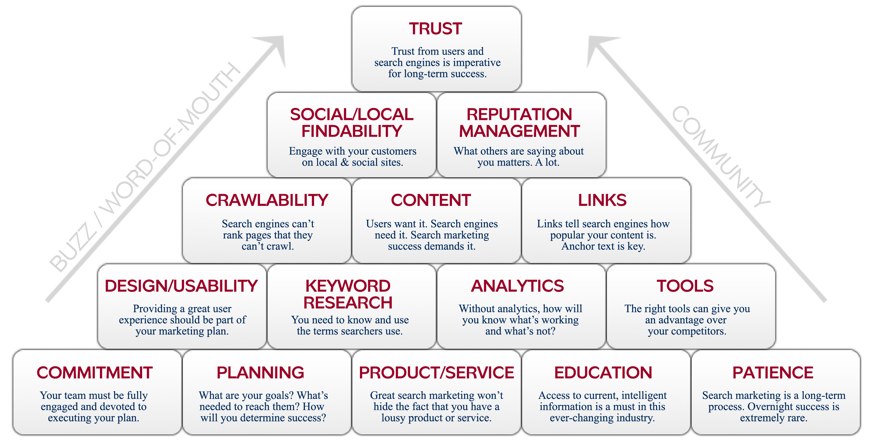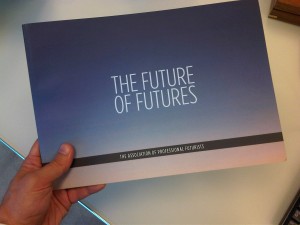Today we got into our groups and got started on our NIKI pages. I was obviously crossing my fingers and hoping Elliot would be kind on me but he threw us a topic no one know, understood and could fathom. Our topic was to write up a interview on some dutch profession who had a passion for media activism and wrote a book on networks. or at least that was what I got out from a 5 minutes read off his wikipedia page.
As a group we started gathering more concise information and deets on this guy and with 4 brains combined we managed to understand that Geert, formally adressed as Professor Geert Lovink is a research professor in Interactive media . He is also the founding director of the Institute of Network Cultures, whose goals are to explore, document and feed the potential for socio-economical change of the new media field through events, publications and open dialogue.
Well yada yada so on and so forth. But what I would like to talk about is his latest book titled “Networks without a cause” where he explores the social impact of social networks such as Facebook, Twitter, Flickr, LinkedIn, Google, and so on. What I find interesting is that book takes the specific question of what the social is in social media as its starting point, providing a sociological understanding of the dominant role that centralized media platforms play – that is how they rule the Internet from the inside, and hence a good part of our daily lives. His insight revolves around the statement that “Once the Internet changed the world; now the world is changing the Internet.”
Completely unaware, users of social networks have fallen into a trap laid by the politics of terror. Social networks are chains of complete strangers, who are not permitted to voice any true debate on any topic whatsoever. All that’s allowed is a simple ‘Like,’ watering down any chance for critical exchange, doing even more than television to flatten out people’s lives, and offering no tool that could have any real impact on everyday life, let alone political life.
Lovink stresses the point that social networks are socially useless as they lack a common cause. He looks at the total waste of time of using what he calls news industry tools — media that enable real-time updates of no specific value, such as Twitter, which has created a constant flow of journalistic headlines without any depth of analysis or investigation, and which we no longer pay any attention to as we have become so blasé to it all.
Word after word, I couldn’t help nodding my head in agreement as I kept on reading. It was the sudden realisation that the once raved season of social media, is now slowly dying off. It made the world smaller and I guess more connected but It made us lazy, less intellectual and everything that old media taught us to do. Old media brings us back to basic and teaches us to go the long horrendous path and not liking a comment but not having anything to say about it.
Because we have all been so engulfed in this wave of social media, we grew dependent and forget about writing critical comments, giving honest opinions on things and most importantly opinions that are valued and not just something we write and within the span of 100 words and try to squeeze them together with short lingos just to get messages across. I’m sure we’ve all benefitted from the use of social media however we have to agree that It’s not what it used to be anymore.
We are looking for clearer, better more efficient ways to get the world connected, and get messages acrossed. We, the users of the internet are changing it slowly, we are shaping it to what we want and need. Now that social media is dying, I am excited for what the future brings and new upcoming technology that will further change and enhance our lives like the google glass. We are always changing and so will technology.






